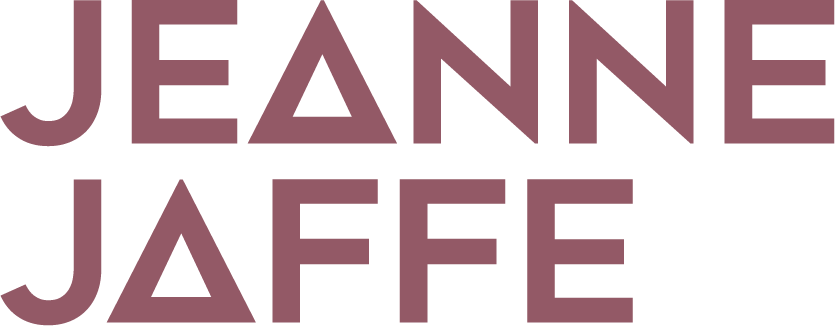Art in America
Art in america
Jeanne Jaffe
By Lilly Wei
Although the mingling of art and text is by now commonplace, Philadelphia-based sculptor and installation artist Jeanne Jaffe coupled the mediums with particular theatricality in her recent solo show. Titled “Four Quartets,” it was dedicated to T.S. Eliot—a modernist icon—and his luminous, incantatory poem cycle of the same name. Installed in three small rooms of a bare-bones nonprofit organization, the exhibition connected with the poems as a kind of “objective correlative,” a term Eliot used to designate the objects and circumstances that correspond to a specific emotion or thought. In this case, the focus was a perpetual revisiting of the places of one’s origin and formation (“In my beginning is my end . . . In my end is my beginning,” says the poet).
The gallery space and the quirky, handcrafted look of Jaffe’s art were in some ways at odds with Eliot’s elegiac, allusive and manicured verses-and all the more effective for it, as was its cast of stylized feminine figures. Threshold Figure (2007), encountered in the first room, is pale, under-life-size and gracefully kneeling, with a knobby gray mass like a brain or a thought bubble arced on a wire above its headless body. The ensemble-reminding us that the disembodied mind and the substantiated body are inextricably linked-seems a surrogate for the artist, the creator of all that followed.
In the next gallery, one found an animation, shown in a circular projection, featuring layered images of various Jaffe sculptures, drawings, prints and cutouts. Nearby was a quietly premonitory, fairy-tale tableau that consists of a wooden door, again slightly reduced in scale, balanced on a pile of simulated rocks. Leafless, silvery branches jut from it, and another gray brainlike form hovers overhead while witchy black strands of what might be hair protrude from the threshold below. Hung near or laid against the tableau, lines from Eliot’s “Burnt Norton” are spelled out in little handmade letters, often reversed as if to be read from within the installation, not outside it, the poet’s haunting scenes seemingly remembered from a dream.
The last room was a forest of suspended, spidery silver branches and elongated headless women with tiny, doll-like hands, legs and feet, the stylized figures twitching intermittently, disturbingly. Verses from “East Coker” dangle between them, the written words a visual echo of the phrases intoned by Eliot on an accompanying audio track.
Jaffe’s reimagined, lingering vision of modernist anomie, of existential angst, is seen through a scaled-down dreamscape of repeating motifs, its theme of eternal recurrence as well as its imagery directly inspired by Eliot. “Footfalls echo in the memory / Down the passage which we did not take / Towards the door we never opened / Into the rose-garden” might be one description of Jaffe’s haunting installation, her interpretation surreal enough, eccentric enough, that it was not merely illustrative. Her “Four Quartets” might also make you want to reread Eliot’s—always a worthwhile pursuit.
Photo: View of Jeanne Jaffe’s East Coker, 2012, mixed mediums, dimensions variable; at Marginal Utility.









